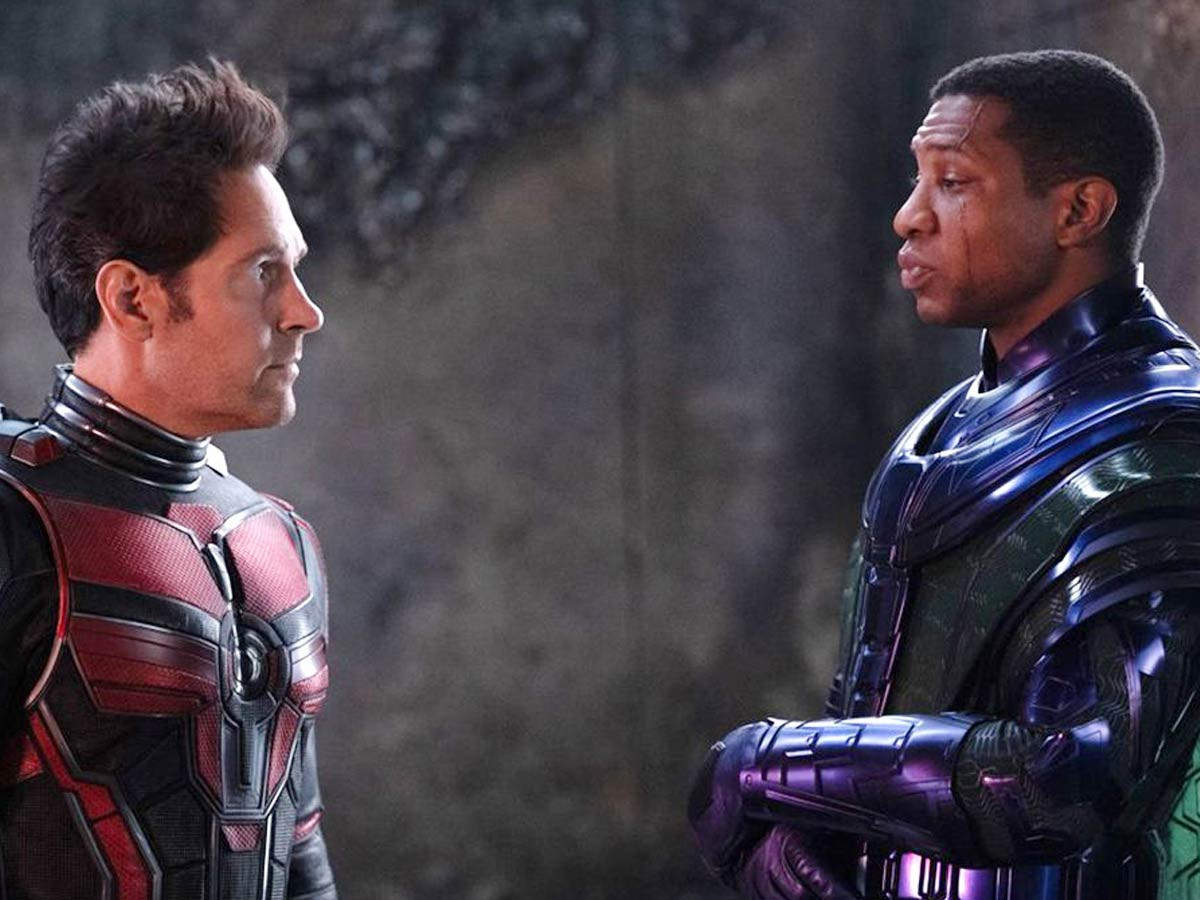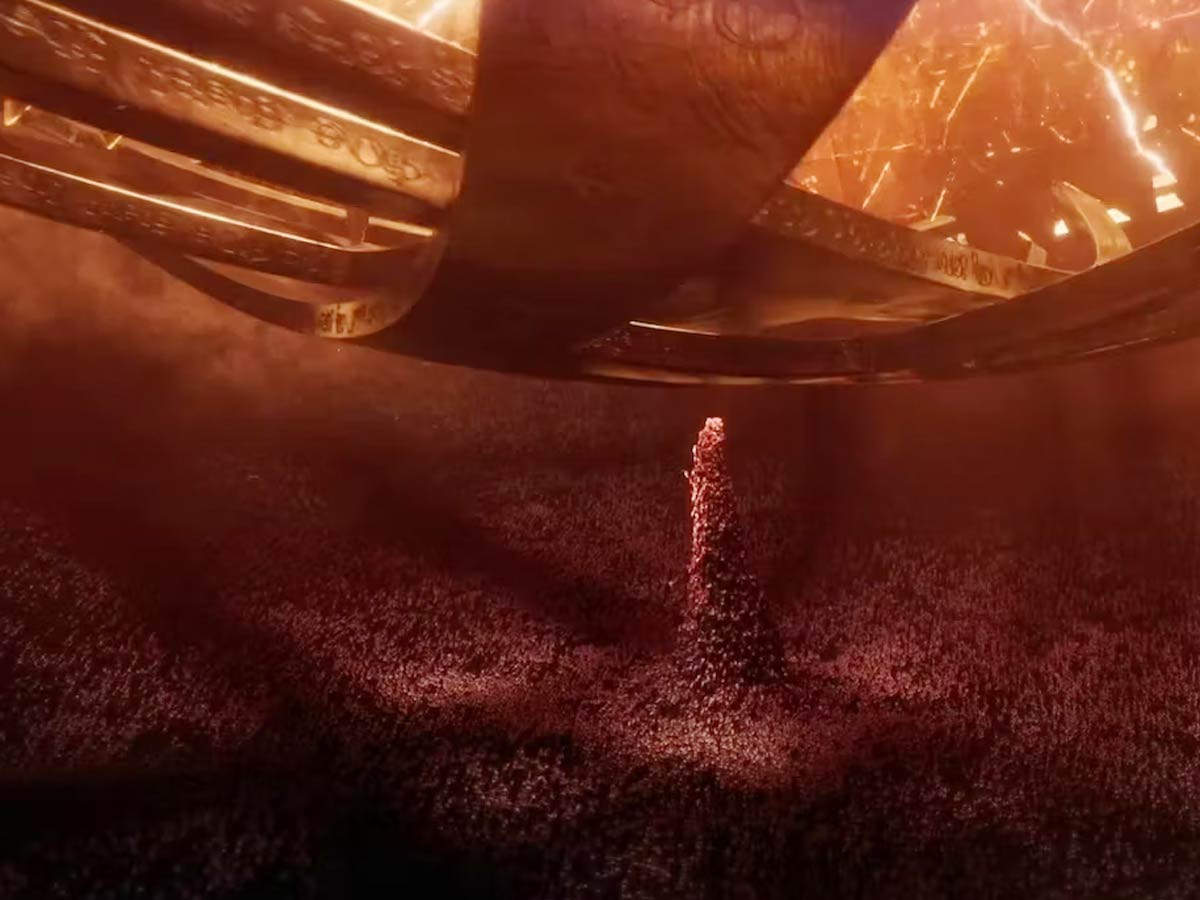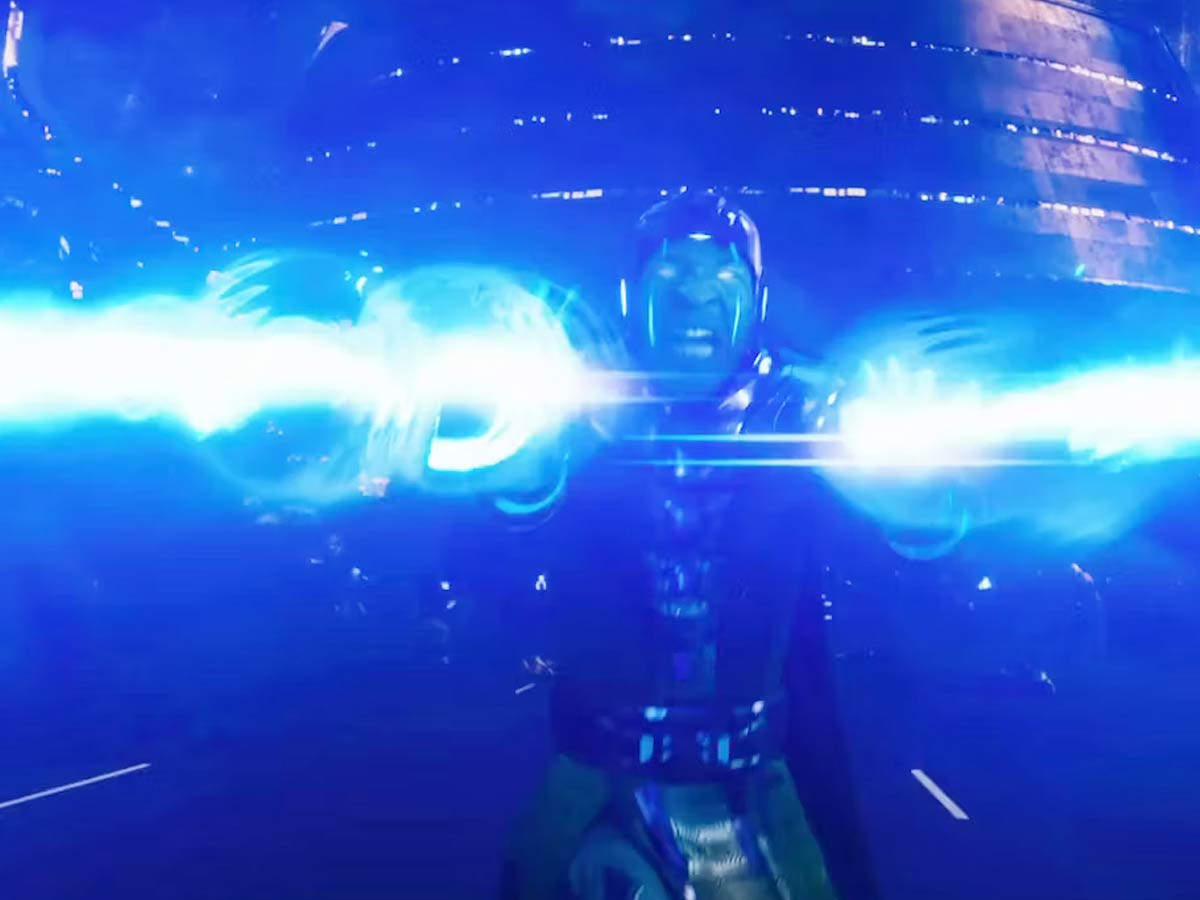Disclaimer: This article contains spoilers from Ant-Man and the Wasp: Quantumania.Ant-Man and the Wasp: Quantumania is here to kickstart the Marvel Cinematic Universe’s Phase 5. The film starring Paul Rudd, Evangeline Lilly, Jonathan Majors, Katherine Newton and others is the third Ant-Man film and it takes on a lot. For starters, it sets up MCU’s next big bad – Kang the Conqueror (Majors), establishes Cassie Lang (Newton) as a new superhero and of course, gives us an insight into what Scott Lang (Rudd) has been up to. By the time the credits roll, way too much has happened and much is yet to happen in the post-credits scene.
There are 31 films in the MCU currently with 11 more on the way, so it’s unsurprising that with every new release, fans are left connecting the dots. The latest film is no exception. So let’s dive into the Quantum Realm to break down what the ending and post-credits scenes mean (yes, there are two). You’re welcome!
What happens by the end of Ant-Man and the Wasp: Quantumania?
The movie opens with the Ant-Man family leading a relatively normal life until Cassie builds a satellite that works as a Quantum Realm radar. A signal is accidentally sent to MODOK or Darren Cross (Corey Stoll), Scott Lang’s old enemy from the first Ant-Man film. Through MODOK, Kang soon gets to the Ant-Man family. Janet (Michelle Pfeiffer), Hank (Michael Douglas), Hope (Lilly), Scott and Cassie get sucked into the Quantum Realm. Here we find out that Janet has met Kang before when she was trapped in the realm for 30 years. In fact, the two worked together to fix the Multiverse Core of his damaged ship before she read his mind through his ship’s neurotech and realised that he is “Kang the Conqueror”, a being that has brought ruin to several worlds. Janet leaves Kang in the Quantum Realm with a non-functional Multiverse Core. During his time there, he expectedly goes on to make life for the Quantum people miserable.

By the third act of the film, Scott retrieves the Multiverse Core for Kang who attacks Scott instead of fulfilling his end of the bargain which is releasing Cassie. Luckily, Hank Pym’s army of super-intelligent ants with their advanced tech come to the Ant-Man family’s rescue. Scott is joined by Hope as they attack Kang’s citadel. Meanwhile, Cassie who was in prison escaped and banded together with the freedom fighters. These are local Quantum people who had been fighting against Kang’s tyranny for years. Cassie manages to send a Quantum Realm-wide message and the forces get together to take down Kang. While Kang sends MODOK to get rid of Cassie, the new superhero defeats him and MODOK decides to stop being the bad guy.
Eventually, Kang gets overwhelmed by the army of supercharged ants. MODOK gets killed while trying to go up against Kang and has a heartfelt moment with Scott before dying a hero. Janet then opens a portal back to Earth. Janet, Hank, Cassie and Hope get back to Earth and things are almost fine. However, when Kang tries to jump through the portal, Scott stays back to prevent him from leaving, presumably trapping himself in the Quantum Realm with Kang. This takes us to the final clash. It’s Kang vs Scott.

Kang, being the stronger of the two, nearly destroys Scott. Luckily for him, Hope shows up at the last minute to join the fight. The two also destroy the Multiverse Core. Kang is presumed dead and the portal to Earth is shut. That’s when Cassie’s Quantum radar picks up on Scott and Hope in the Quantum Realm and they are able to reopen the portal and bring them back home. While it seems like a happy ending with the family back in San Francisco, the post-credits scenes reveal that Kang is still a major threat to the MCU.
What happened in the post-credits scenes of Ant-Man and the Wasp: Quantumania?
The film has two scenes that set up where all the action of Quantumania will lead. The first end-credits scene basically establishes Kang supremacy. We meet multiple variants of Kang. It looks like these variants exiled the Kang that Ant-Man goes up against to the Quantum Realm. And he was just one out of thousands. We see a few Kangs from the council talking about how the Avengers are causing Multiversal chaos by breaching several timelines and need to be stopped. The scene ends with the Kangs howling and hooting in what looks like a stadium full of Kangs. This ties directly into the much-awaited release of Avengers: The Kang Dynasty. The film was announced at the SDCC 2022 and its blue logo was revealed. It is set to release on May 2, 2025. It is going to be a while before we get more details from the upcoming villain-centric film as it isn’t even in production yet. But the events of Quantumania offer a mind-boggling glimpse of what to expect, which is a clash of the Kangs and the Avengers.

The focus of Quantumania might be on the future of the MCU but the second scene takes us far back into the past. In fact, they turn the clock back to 1901. We see Jonathan Major’s Kang who introduces himself on stage as Victor Timely. In the audience are Tom Hiddleston’s Loki and Owen Wilson’s Mobius. Loki who remembers his run-in with “He Who Remains” tries to warn Mobius that Kang or Victor Timely is a threat. The brief scene closes with text that reads – Kang Will Return. This scene ties into the highly-anticipated Loki Season 2.
Now, who is Victor Timely?
Victor Timely, one of Kang’s many alter egos first appeared in the Avengers Annual #21 comics run. In the storyline, Kang gets defeated by the Avengers and goes back to 1901 where he adopts the persona of an inventor. He also becomes the mayor of a town called Timely in Wisconsin. The second end-credits scene offers a glimpse of Loki and Mobius re-teaming after the first season of Loki. The MCU series in its finale saw all the characters forget that Loki existed after the timeline was reset. So it will be interesting to see how Loki and Mobius ended up in 1901 and how much Mobius knows. We do know that Loki Season 2 is set to get a summer 2023 release.
Ant-Man and the Wasp: Quantumania is currently in theatres.
SEE ALSO: Marvel Movies In Order: Watch your favourite films in chronological sequence

